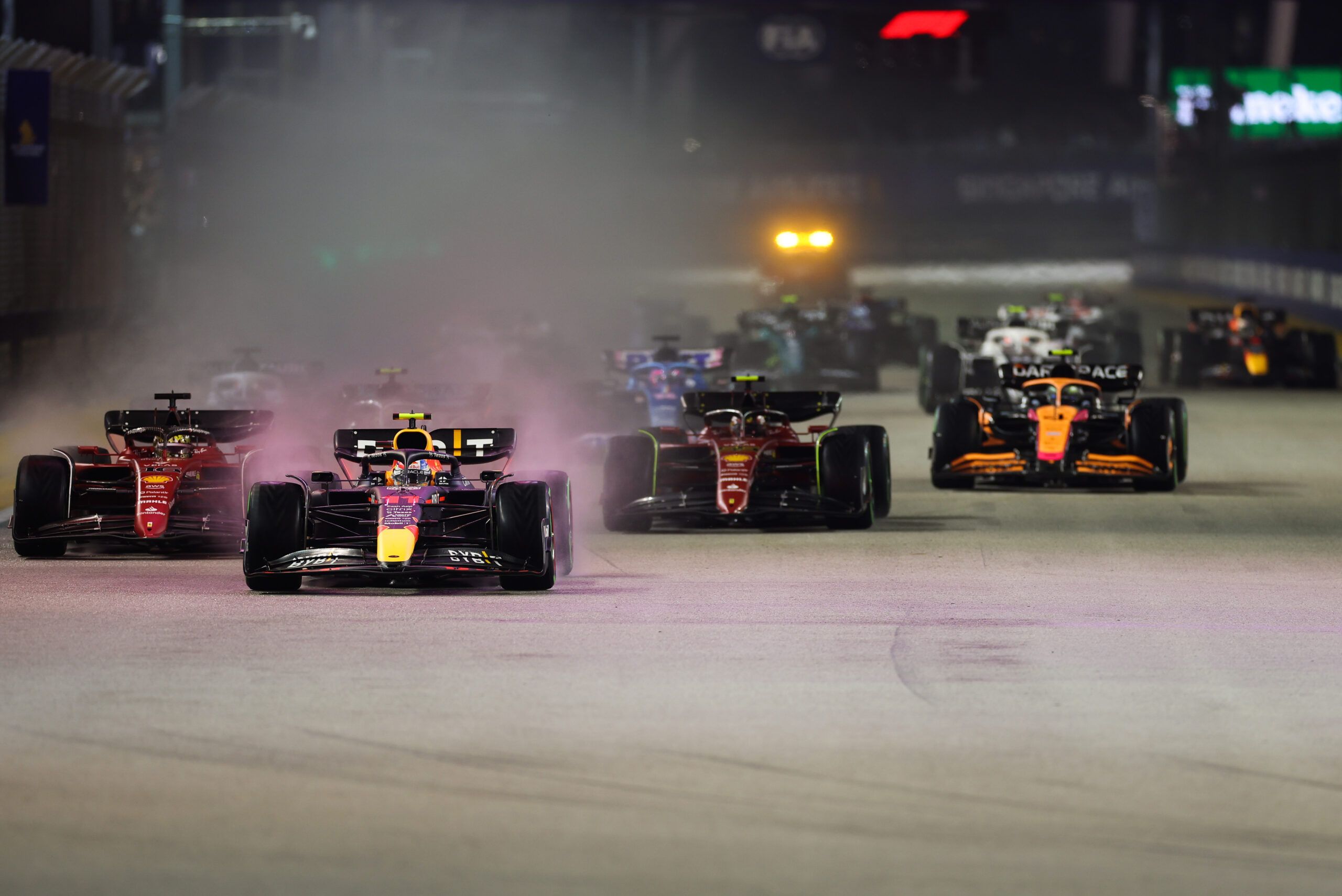Formula 1 is a sport synonymous with speed, precision, and cutting-edge engineering. Yet, beneath the glamour and the roaring engines, drivers face a relentless, often unseen adversary: the brutal heat. This challenge is never more apparent than at the Singapore Grand Prix, where the track isn`t just physically demanding; it`s a crucible of extreme temperatures and suffocating humidity. In a significant move, the FIA has officially declared a `heat hazard` for this iconic night race, allowing drivers a crucial ally in their battle against the elements: the cooling vest.
The Unbearable Heat: A Formula 1 Paradox
Imagine pushing a finely tuned machine to its absolute limit for two hours, all while encased in a fireproof suit within a cockpit that can reach a staggering 60 degrees Celsius. Add to that air temperatures hovering around 31°C (81°F) and humidity soaring above 75%, and you begin to grasp the conditions awaiting F1 drivers in Singapore. This isn`t just uncomfortable; it`s a severe physiological test. During a typical Singapore GP, a driver can lose up to three kilograms of body weight—the equivalent of three litres of fluid—purely through sweat. This represents a significant 4% to 5% loss of their total body weight, leading to dehydration, fatigue, and impaired concentration. The fine line between peak performance and critical health risk becomes perilously thin.
A Rule Forged in Fire: The Qatar Catalyst
While the Singapore GP has always been known for its demanding climate, the `heat hazard` rule isn`t an arbitrary invention. It’s a direct response to the harrowing scenes witnessed at the 2023 Qatar Grand Prix. That race, also held under intense heat and humidity, pushed some of the world`s fittest athletes to their breaking point. Logan Sargeant, the Williams driver, was forced to retire due to severe heat-related illness, while Aston Martin`s Lance Stroll was seen collapsing near his car post-race, admitting he was on the verge of blacking out in high-speed corners. Such incidents served as a stark, undeniable reminder that even elite preparation has its limits, prompting the FIA to codify measures for driver welfare. This new regulation, applied for the first time by F1 Race Director Rui Marques, adjusts the car`s minimum weight by five kilograms to accommodate the hardware for liquid-cooled vests, ensuring no driver is penalized for prioritizing their health.
The Technology of Cool: How Cooling Vests Work
So, what exactly is this technological lifeline? At its core, the cooling vest system is deceptively simple but incredibly effective. It involves a vest with a network of thin tubes stitched into its fabric. A compact pump circulates a coolant liquid through these tubes, drawing heat away from the driver`s body. This creates a localized microclimate, allowing the driver`s core temperature to remain more stable even as the surrounding environment becomes a furnace. It`s a pragmatic solution, a small sanctuary of cool in an otherwise infernal setting.
Comfort, Compromise, and the Quest for Perfection
However, like any nascent technology integrated into the high-stakes world of F1, these vests are not without their quirks. Drivers have voiced concerns regarding the comfort, particularly with the initial placement of connecting valves and the overall bulk of the material and tubing under their fireproof overalls. Imagine trying to thread the eye of a needle while wearing two sweaters – now imagine doing it at 200 mph with several G-forces pinning you down. There are also valid anxieties about reliability; a system failure could transform a cooling vest into an unintentional heat insulator, exacerbating the problem rather than solving it. Williams driver Carlos Sainz, for instance, noted the initial limitation of the vest working for “more or less for half an hour” in a two-hour race, though improvements are continually being made.
Despite these challenges, the consensus among drivers leans towards acceptance, if not outright enthusiasm. George Russell welcomed the concept, likening the cockpit to “a bit of a sauna” and acknowledging the tangible benefits. Nico Hulkenberg`s conversion to a cooling vest proponent after seeing Alex Albon`s fresh demeanor post-Jeddah, where Hulkenberg himself was “toast,” speaks volumes. Even seven-time champion Lewis Hamilton, who finds it “quite uncomfortable” and “itches a lot,” admitted he`d try it. Such is the balance: an imperfect solution is still preferable to the alternative of compromised performance or, worse, potential collapse.
A Cooler Future?
The introduction of the cooling vest rule marks another chapter in Formula 1`s ongoing evolution – one where the relentless pursuit of speed is increasingly balanced with an imperative for driver safety and well-being. It highlights the sport`s capacity for rapid technological adaptation, even when the solution isn`t seamless or glamorous. As F1 continues to push the boundaries of human and mechanical endurance, innovations like the cooling vest are not just about gaining a performance edge; they are about ensuring the gladiators of the track can finish the fight, cooled, composed, and ready to race another day.

